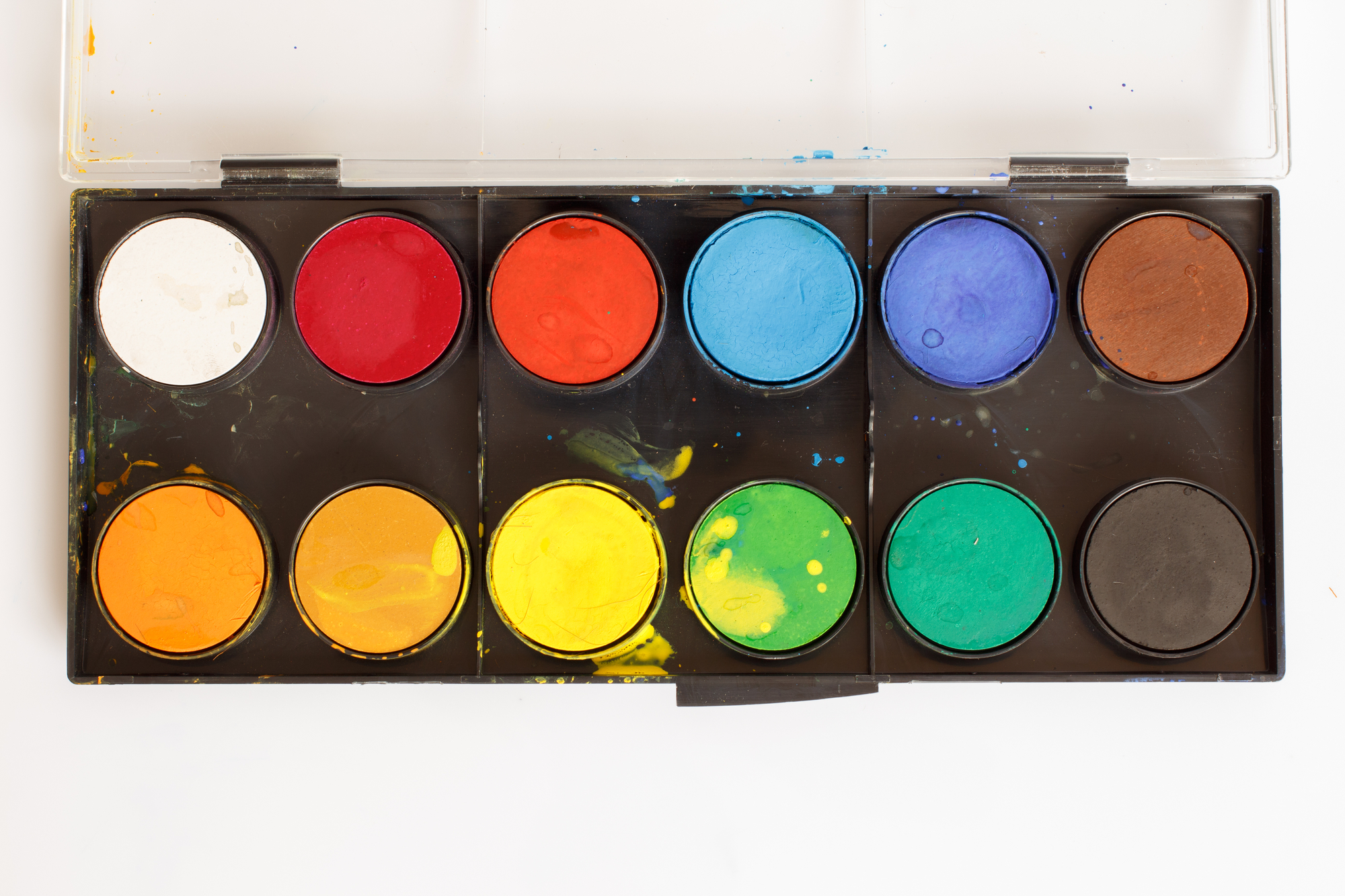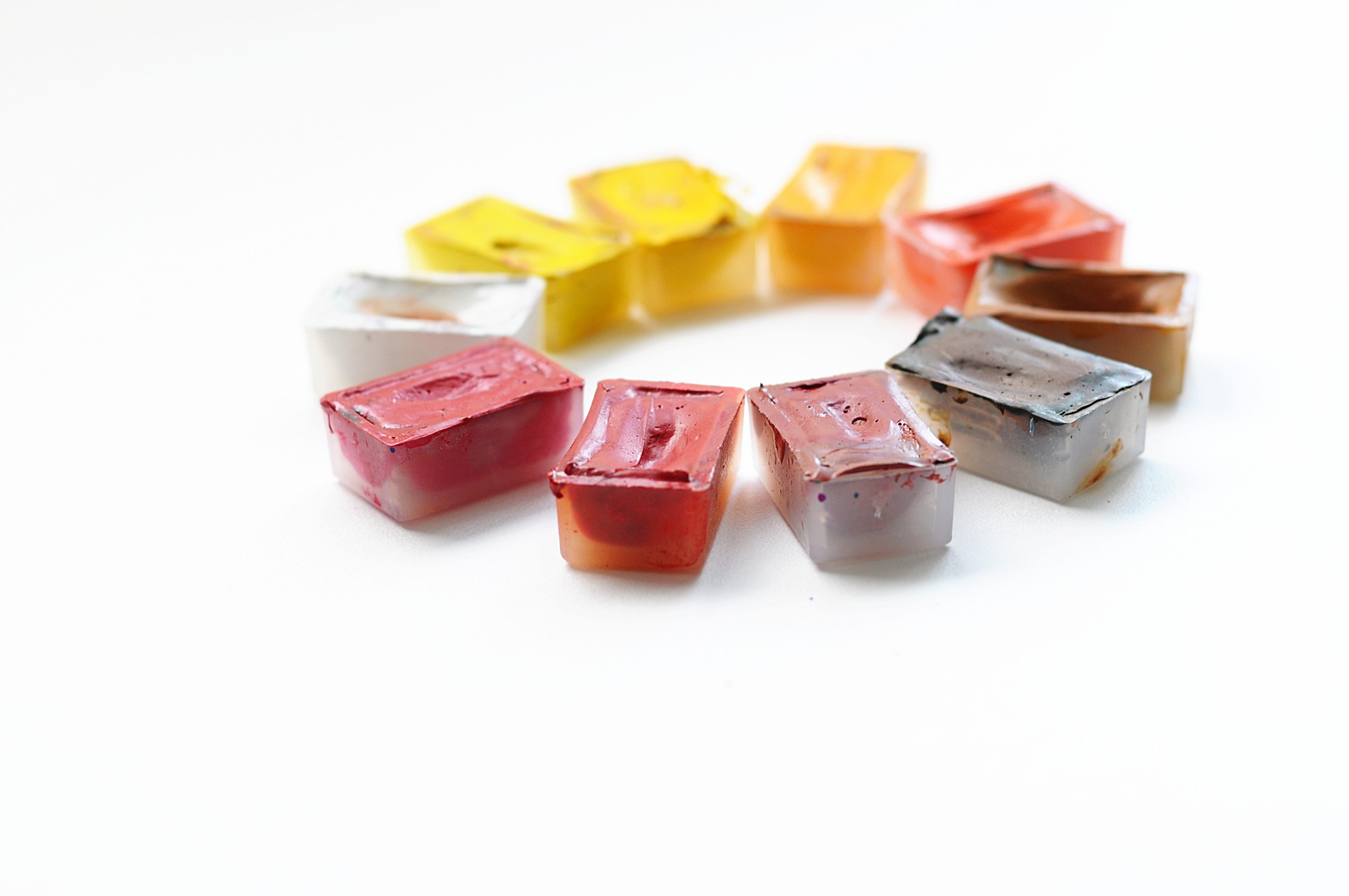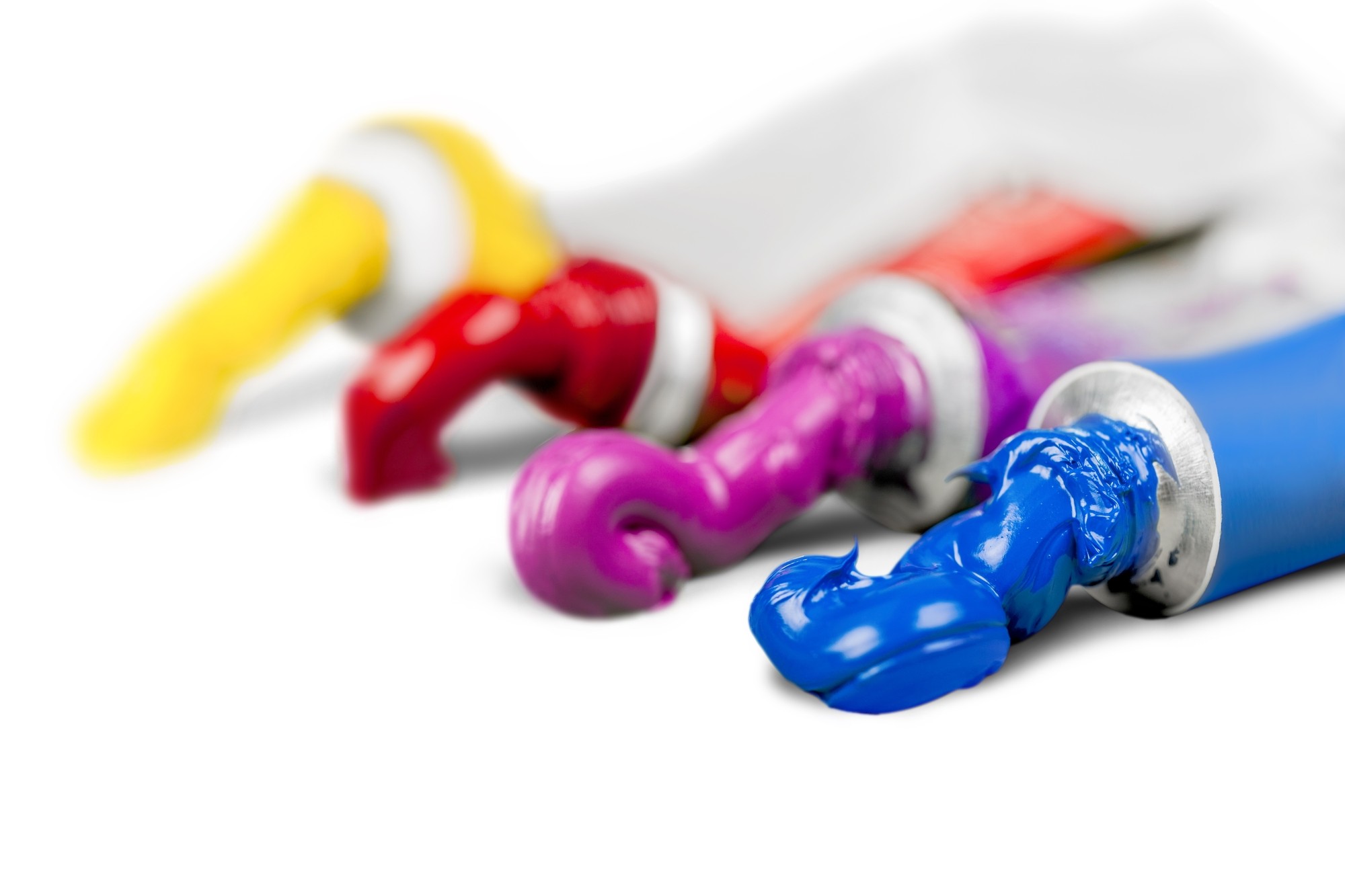
Which Watercolor to Choose
Which Watercolor to Choose: Solid or Liquid?
Each of us has been familiar with watercolors since childhood. However, when one reaches a new level of creativity and chooses the watercolor to paint a picture, a lot of questions arise: "Why are there different types of packages", "Why one watercolor paints are solid and the other liquid?", "What are the differences between them?" and so on. In this article, we will analyze the types of paints, their characteristics, and, of course, find the differences. Experiment, try different colors at work. And, of course, do not forget to pay attention to the lightfastness and transparency of paints, since any paint tends to fade, but with varying degrees of intensity.
Types of Watercolors
There are several types of watercolors:
solid;
semi-solid;
liquid.

Solid Watercolor Blocks. Such paint is sold in sets, which includes basic colors. Watercolor sets are an economical option for schools, kindergartens, and other educational institutions, or novice artists. There is no point in paying for professional liquid paints in tubes, which we will discuss below, if you just begin practicing. Nevertheless, solid watercolors must be of high quality too. It is used for drawing posters or for creating the first pictures.

Semi-Solid Watercolor Pans. Semi-solid watercolor paints apply smoothly on the surface and have bright and rich colors. Such paints mix well, take long-term benefits. Besides, you can buy watercolor pan sets at a very affordable price. As a rule, a watercolor pan is either in cardboard or plastic boxes. However, experienced watercolor painters prefer ones in a plastic package, since cardboard packaging gets dirty very quickly when mixing paints. Buyers can choose from two types of semi-solid paint: watercolor half pans and watercolor pan paints. Both have an identical chemical composition and other properties. Nevertheless, there is a small difference which lies in its size. The watercolor pan is twice bigger than half pans.

Liquid Watercolor Paints. Watercolor in tubes is considered to be the classics. Besides, it is convenient to work with when painting large pictures. Artists usually buy a big liquid watercolor set since they need a lot of it to work with large-size paper. Moreover, professional watercolorists prefer watercolor tube paints due to the previously stated reasons. Nevertheless, according to some artists, the paint falls on the brush unevenly, and sometimes the strokes on the canvas also leave uneven ones. Therefore, for the wet-on-wet technique, such a watercolor is not suitable.
If you wonder where to buy a liquid watercolor set, do it in our store. Moreover, choose watercolor tube paints, which include the base colors. Such watercolor can be used for a long time. Also, use a palette to mix it. Some watercolor tubes provide a palette as a gift. The advantages of liquid watercolor are the brightness of shades, and interesting combinations of colors. It is also used when working with an airbrush.
All about Liquid Watercolor Paints
Watercolor painting is not easy. Someone gets along with it, and someone categorically avoids, not understanding and not accepting such material. Illustrators prefer liquid watercolor, but it is widely used for sketches as well. What is liquid watercolor and how to apply it? Liquid watercolor has the same properties as an ordinary watercolor in half pans.
- Huge range of colors and shades;
- Saturation;
- You can experiment with semi-transparent layers;
- Mix well.
In fact, its properties resemble colored ink, which is used for calligraphy but has all the properties of watercolor. Open a tube and start painting, adjusting the color with water. Nevertheless, the jar packaging can be a problem. Storing such paints will immediately require a fairly big amount of space and a reliable box. In that case, watercolor in tubes is easier to use. However, pay attention that it is denser, in turn.
Liquid watercolor colors are bright. You can achieve very beautiful transparency. There are many pure pastel shades too. It is usually best to buy bright, basic shades at once and mix them. For that matter, they mix well, both with each other and with ordinary watercolors.
Pastel shades, however, will not become brighter if you layer them. There are some problems in that case. When water gets on the already dried layer of paint, spots often appear. Moreover, if you use a brush, you can generally make a white spot. So this is one of the disadvantages, but you can adapt to such nuances. To get liquid watercolors from a jar, we use pipette. One may ask: why pipette, not a brush? Still, it will be a kind of insurance that one color does not get into another, when using brushes. Besides, you cannot wash the paint off, which is, although, possible when working with ordinary watercolor sets.
You can use a palette, preferably porcelain or metal (forget about plastic!). If the paint has dried on the palette, you can easily dilute it again with water. There are frequent complaints that the color fades and sometimes changes. Therefore, it is better to scan the originals of works, in particular illustrative. Do not hang the original work on the wall. Nevertheless, it all depends on the quality of the tube watercolors.
What Should You Know Before Painting with Liquid Watercolor?
To paint huge pictures, artists use watercolor in tubes. Their big plus is that the colors barely mix, as they are squeezed out separately and applied to a certain place on paper or canvases. However, it should be borne in mind that the tube watercolor is very soft and is applied to the brush by squeezing it. That does not always have a good effect on the even distribution of pigments, though, which can be considered a disadvantage. If you work in definite techniques, such as glazing, then such nuances will hardly be noticeable, since the layers of paint overlap each other, hiding the flaws. However, if you choose the alla-prima technique, which, as you know, involves working on a wet surface, then you need to be careful not to allow uneven distribution of the pigment.
In general, liquid watercolor is more comfortable to use when painting in a classic style. However, nothing is impossible for an experienced artist, who perfectly copes with the task even when working in a wet-on-wet technique with liquid watercolors. The only question is whether you prefer such a painting style. It is important to remember that if you do not use liquid watercolor for a long time, it can deteriorate. For example, the pigment can separate from the binder.
Aerograph is well suited for working with liquid watercolors. However, it is important to remember to use distilled water to dilute the paints. Then it will blend well and create beautiful patterns on paper. Another plus is a wide selection of colors and shades that will appeal to beginners. Professionals, on the contrary, often buy only primary colors to create the desired shade on their own.
All about Solid Watercolor Paints
Watercolor pans are dry rectangles of paint. The paint is poured into special cells (called pans) and dried, after which it is packaged in sets or remained separately and sold. There are cuvettes of different sizes - for example, professionals prefer watercolor full pan. People who paint not so often, in turn, can purchase half pans. Furthermore, watercolor half pan sets are convenient because their inner side may be used as a palette. In this case, it is better to choose metal boxes with enamel. Plastic is also often used, but some artists avoid it.
In ancient times, only solid watercolor paints existed. In the modern world, it is more appreciated when working on drawings or posters. However, high-quality watercolor cakes sets can also be helpful for more sophisticated work, such as landscape or still life painting. In student-grade paints, glue and potato syrup serves as the blending agent. Sometimes other substances are added, such as honey or gum arabic.
To understand that you have high-rated solid watercolor paints in front of you, you need to know that their consistency is something in between. They should be firm enough not to break at the first touch. If a lot of gum arabic is present in the paints, then the watercolor half pan becomes fragile. The more sugar it contains, the more solid the paints are. If animal glue dominates, then the paints will easily crumble in the hands. As a reminder, good solid watercolor paints are not too soft.
How to Use Solid Watercolor Paints?
Typically, watercolor pan paints are used, when it is necessary to perform work on relatively small areas of the paper. For example, if an artist has a sketchbook at hand, he can quickly sketch a drawing. If it were necessary to paint huge pictures, then mixing paints would take much more time than the painting process itself, and besides, it is not always convenient to wash the paints out of the pans. As for the chemical composition, there should be enough honey, molasses, and glycerin in the watercolor. However, an excessive amount of the listed substances can cause paints to adhere poorly to the surface.
Semi-solid paints are heavier than solid ones. For their preparation, the same chemicals are used. However, their concentration is slightly different. For example, water is also taken, without which watercolor can hardly be called watercolor. Gum arabic also remains as a binder agent. Dextrin is often added to it too. Manufacturers use a lot of honey in watercolor paint pans as well. Glycerin is added to more budget paints, in turn. It should be noted that the best quality semi-solid watercolor paints are made of pure gum arabic. Candy sugar is sometimes also used in professional-grade paints (its concentration is from 15 to 45 percent).
The paint that is sold in cans is immediately ready for use. You can draw with both a brush and an aerograph. The liquid watercolor does not leave a residue even after long-term storage. If there are particles of dried paint on the palette, it can be soaked with water and used again.